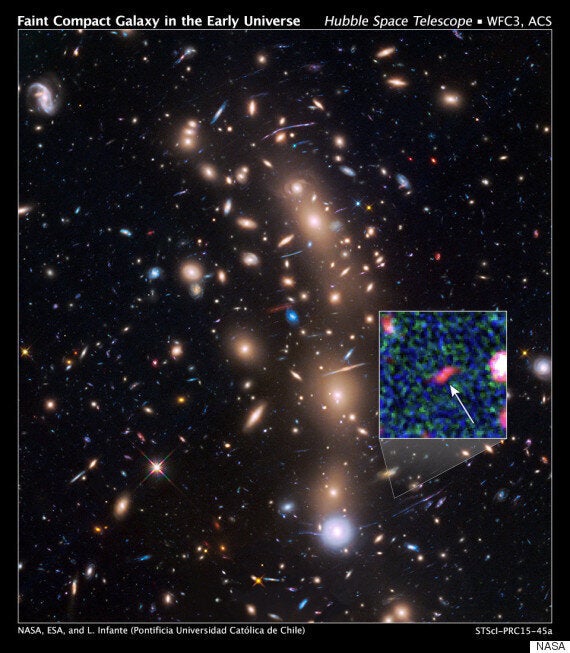NASA's Hubble and Spitzer space telescopes have spotted an incredible object that gives us a glimpse in the universe's astronomical history.
"The faintest object ever seen in the early universe" is around 13.4 billion-years-old, according to the space agency's astronomers.
While the telescopes have in the past detected other distant galaxies, this latest discovery shows off a "smaller, fainter class of newly forming galaxies that until now had largely evaded detection," NASA said via a statement.

What this means for us here on earth is that we have a better insight into how first galaxies were formed, as these "dim objects" could be a good representation of the early universe.
"Hunting for faraway galaxies that existed long, long ago is like a fishing trip for astronomers," the Hubble Site explained in a news release.
"So far only the big fish have been found," which to you and I translate into the bright galaxies that existed a few hundred million years ago after the big bang.
What Hubble and Spitzer have caught is a smaller fish. The discovery has been published in the The Astrophysical Journal.
Lead author Leopoldo Infante said: ""Thanks to this detection, the team has been able to study for the first time the properties of extremely faint objects formed not long after the big bang."
In terms of size, astronomers have compared their latest find to a satellite galaxy of the Milky Way known as the Large Magellanic Cloud.
Nicknamed Tanya, which means first-born in Aymara (a language spoken in the Andes), the object is making starts 10 times faster than the Large Magellanic Cloud.